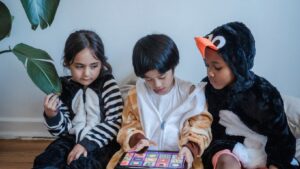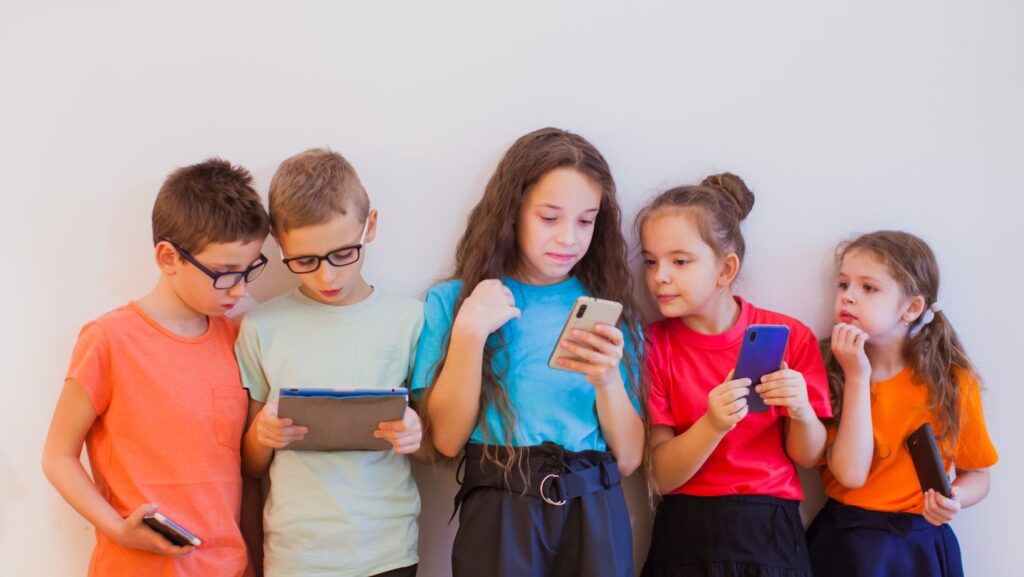In today’s digital age, virtual worlds have become a captivating playground for kids, offering endless opportunities for creativity, learning, and social interaction. These immersive environments let children explore fantastical realms, build their own digital landscapes, and engage with peers from around the globe. As technology continues to evolve, virtual worlds are becoming an integral part of childhood, blending entertainment with education in exciting new ways.
While navigating these virtual landscapes, children can safely experiment with new ideas and concepts, setting the stage for a future where digital literacy is as crucial as traditional education.
Virtual Worlds For Kids
Virtual worlds for kids create immersive digital spaces where young users can engage in various activities. These platforms offer not just entertainment but valuable learning experiences. Many virtual environments, like Minecraft and Roblox, combine creativity with educational elements to facilitate cognitive growth.

Children navigate these virtual worlds by exploring different landscapes. This exploration enhances spatial awareness and problem-solving skills. Building structures, creating avatars, and designing games foster creativity. Users develop critical thinking skills through interactive play.
Parental guidance plays a crucial role in these experiences. Monitoring content and teaching online safety help ensure positive and secure interactions. By understanding the potential of virtual worlds, parents can support their child’s learning and development within these platforms.
Popular Virtual Worlds for Children
Children explore various virtual worlds tailored to their interests, promoting creativity and learning. Among the notable platforms are Minecraft, Roblox, and Animal Jam, which provide engaging environments for cognitive and social development.
Minecraft
Minecraft stands out as a significant platform in the world of kids’ gaming. It presents a sandbox-style environment where players build, explore, and create using blocks. With tools and resources, they construct complex structures, encouraging creativity and engineering skills. Educational benefits also include problem-solving and strategic thinking, enhanced as players engage in this dynamic virtual world.
Roblox
Roblox offers an expansive platform for game creation and play. Children design and play games within this virtual world, enhancing creativity and programming skills. The platform’s user-generated content encourages innovation and allows kids to bring their ideas to life. Players interact in various virtual spaces, promoting social interaction and teamwork.

Animal Jam
Animal Jam introduces kids to an educational and entertaining digital environment. Created in collaboration with National Geographic, it emphasizes wildlife education, making learning fun through interactive play. Players assume animal avatars and explore the virtual world, participating in games and challenges that teach ecology and conservation.
Educational Benefits of Virtual Worlds
Virtual worlds for kids provide numerous educational benefits, blending fun with learning. These digital spaces enhance creativity and develop problem-solving skills, making them valuable tools for cognitive growth.
Enhancing Creativity
Immersive environments stimulate creativity by allowing children to experiment and express themselves. For example, platforms like Minecraft offer sandbox experiences where kids design structures, fostering imagination and innovation. Roblox lets kids create games, encouraging artistic expression and technical skills.
Developing Problem-Solving Skills

Virtual worlds challenge kids with complex tasks that require strategic thinking and active learning. In games like Minecraft, players solve puzzles and overcome obstacles through trial and error, enhancing logical reasoning and persistence. Roblox games often involve designing solutions to achieve specific goals, cultivating analytical skills and adaptability.
Safety Concerns and Parental Controls
Virtual worlds for kids offer exciting opportunities but also present safety challenges. Parents play a crucial role in navigating these digital spaces by ensuring their children have safe and positive experiences.
Monitoring Online Interactions
Monitoring online interactions helps maintain a safe environment in virtual worlds. Children connect with peers and strangers, hence parental involvement becomes vital. Tools like chat filters and friend lists, offered by platforms such as Roblox and Minecraft, enable parents to regulate communication.
Setting Time Limits
Managing time spent in virtual worlds controls screen time and maintains balance with offline activities. By setting specific time limits, parents prevent excessive gaming, ensuring children engage in diverse activities that support well-rounded development.
Parents and educators play a crucial role in guiding children through these digital landscapes, ensuring safe and enriching experiences. By choosing age-appropriate and high-quality virtual environments, they can support a balanced approach to digital literacy, paving the way for a well-rounded and future-ready generation.



